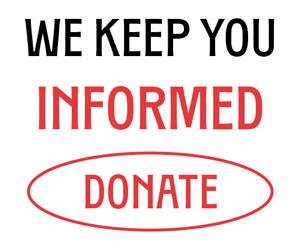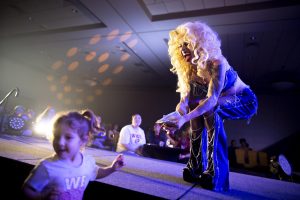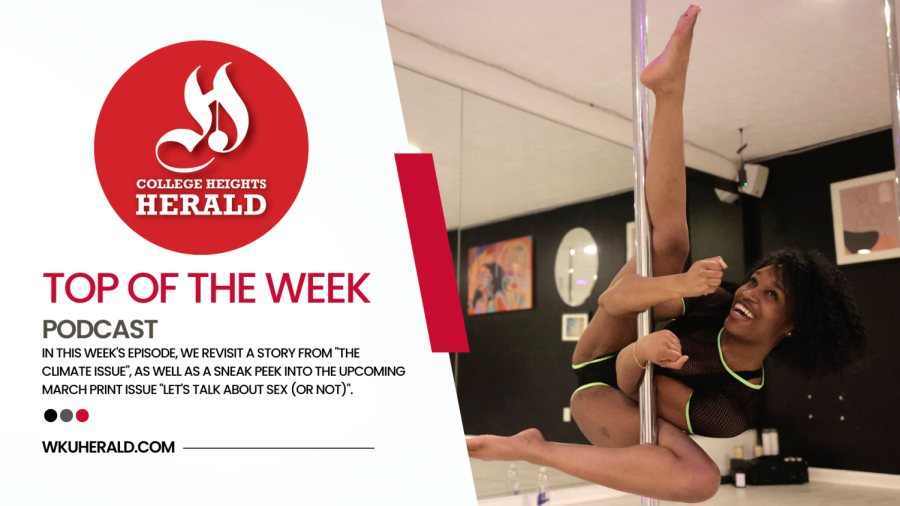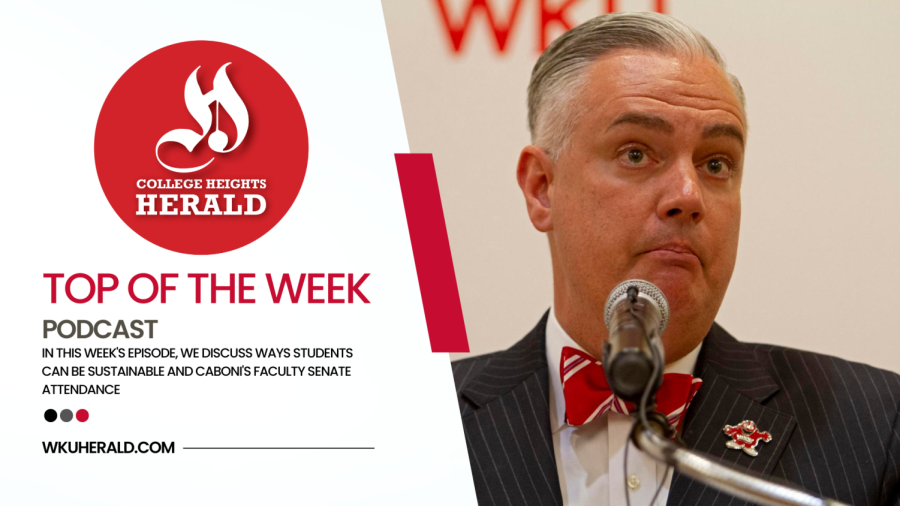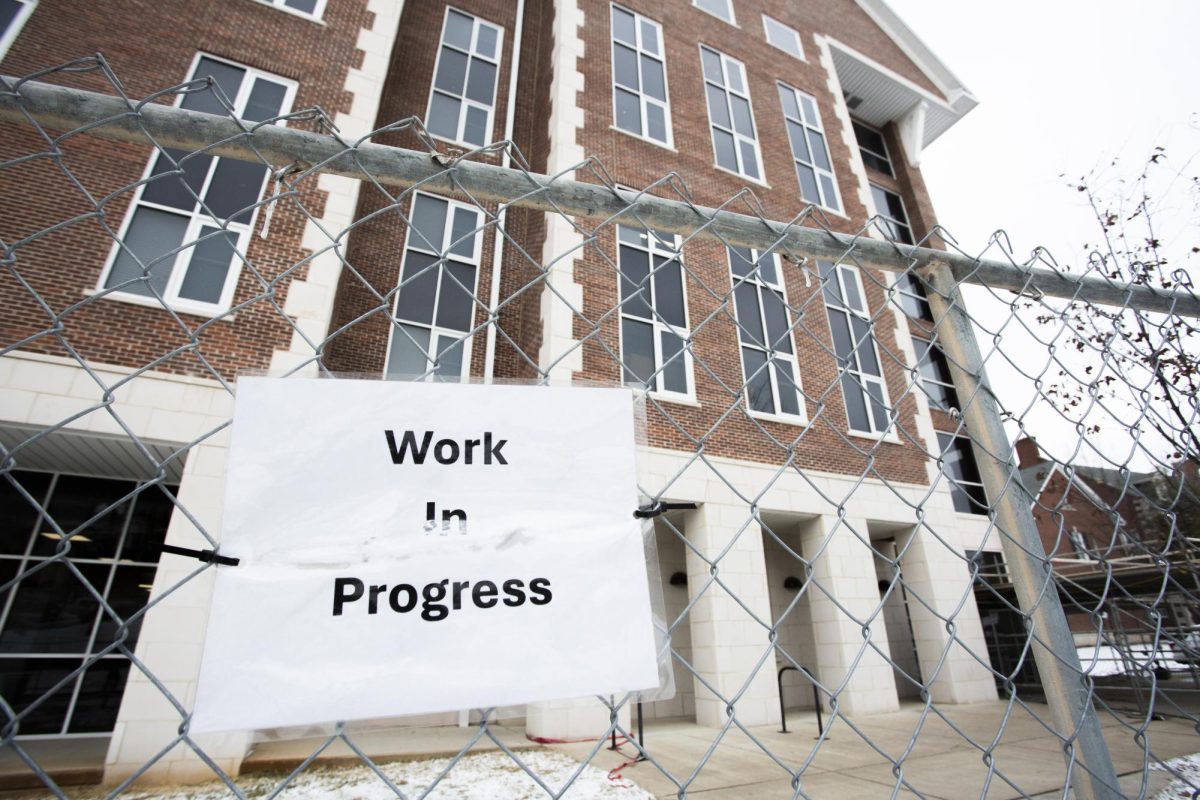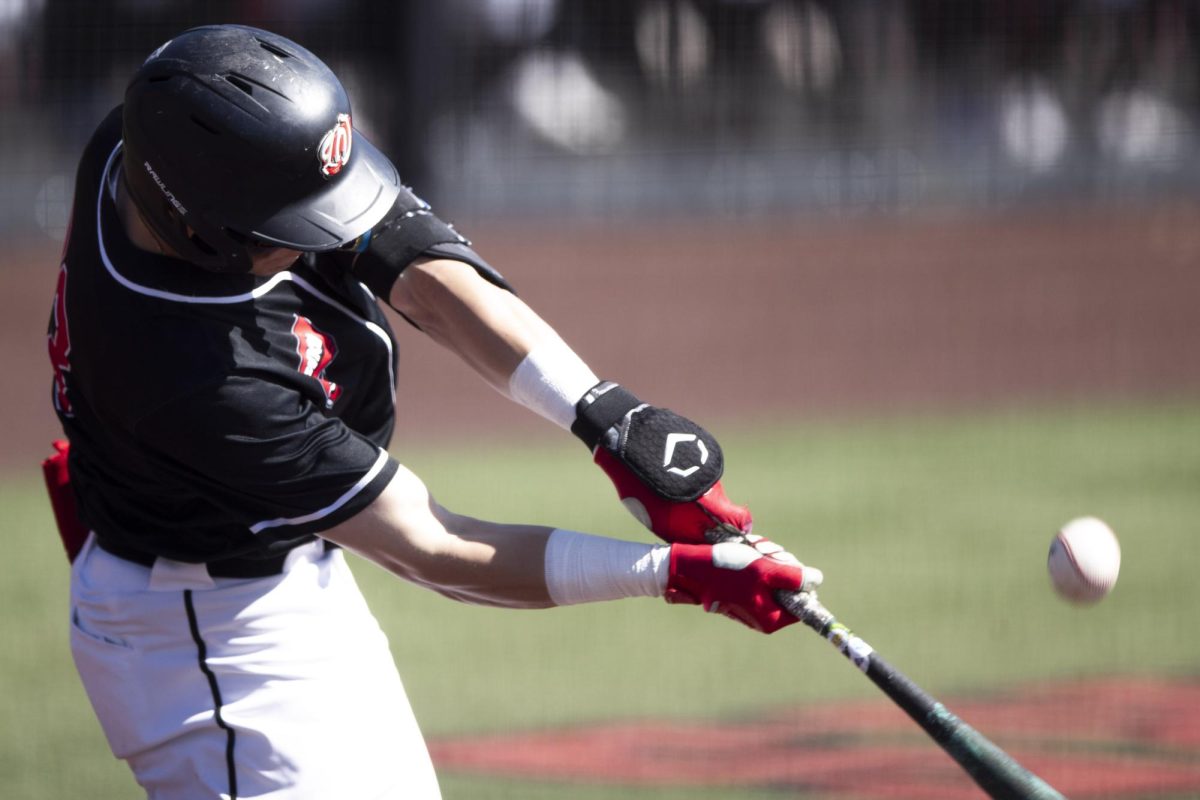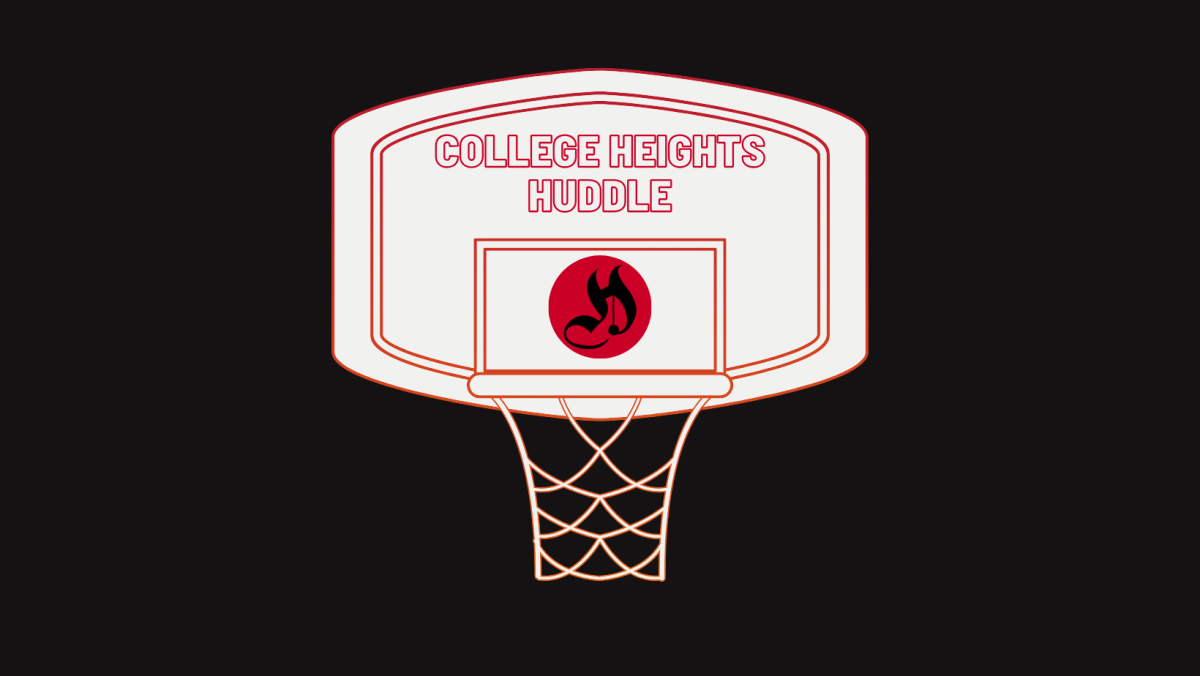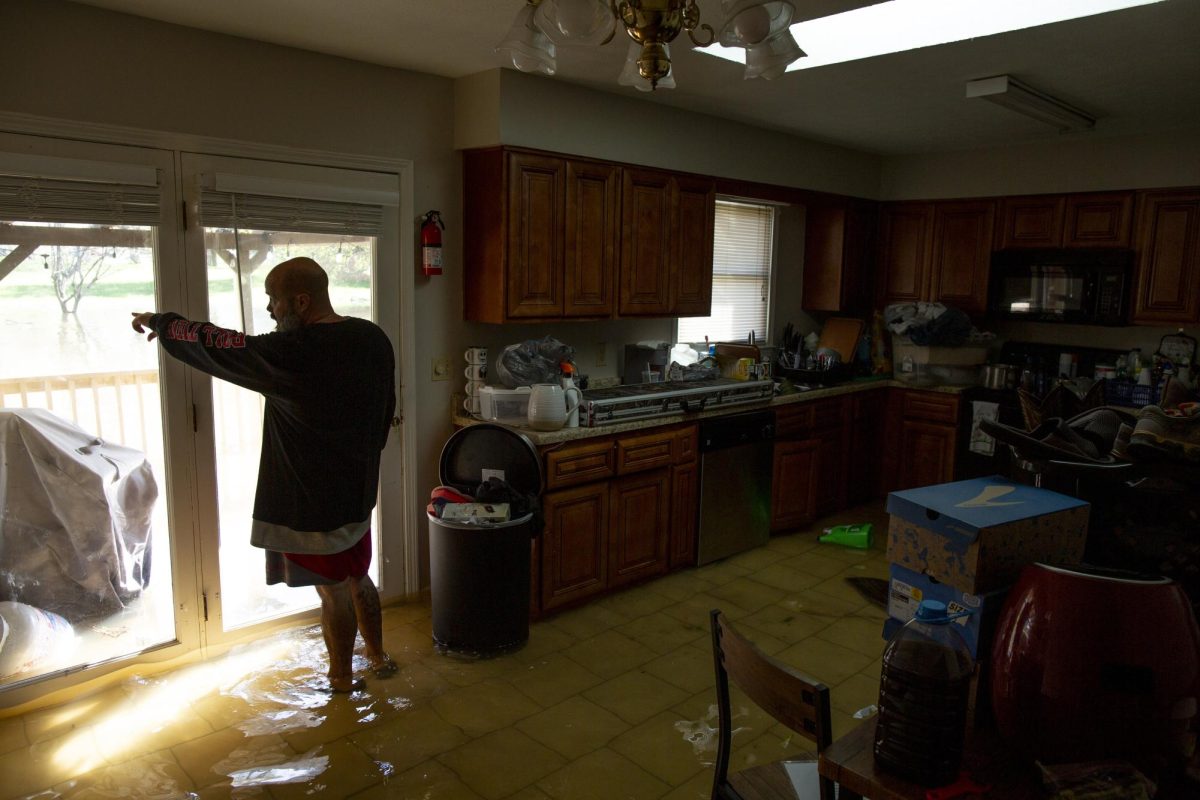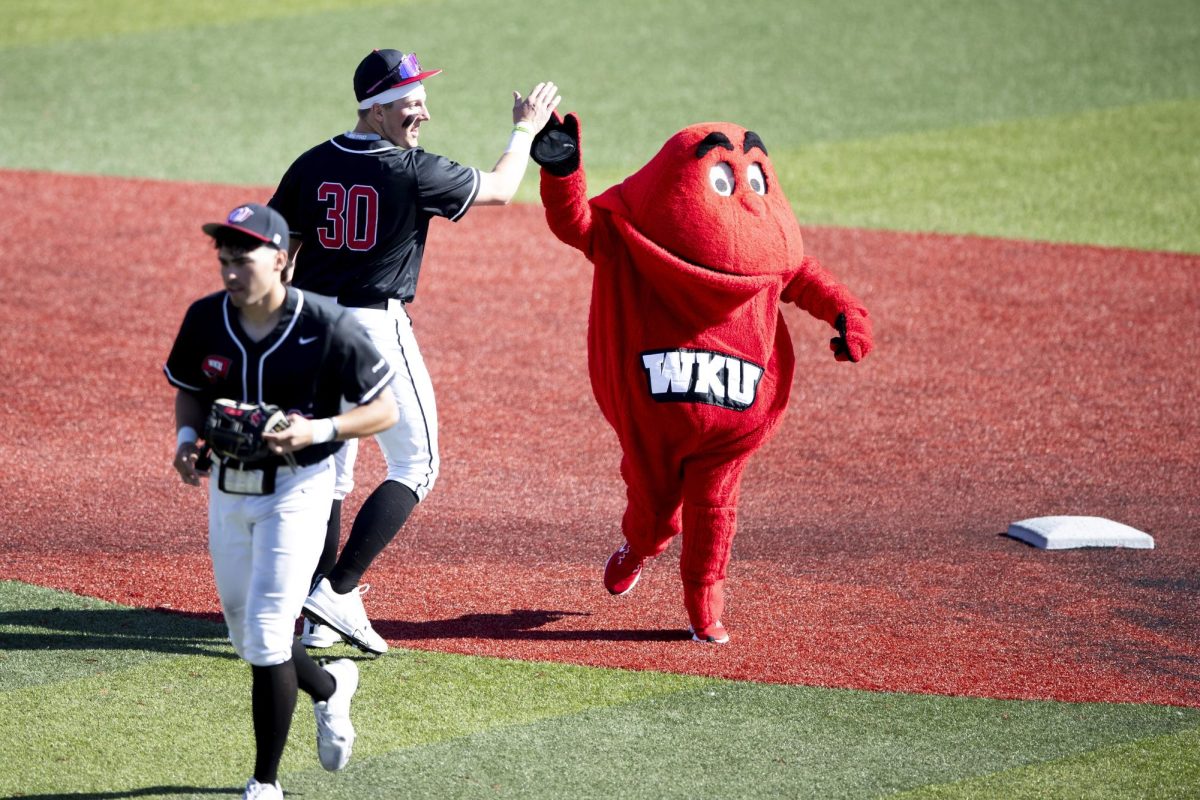Women editors play key role in Herald history
January 29, 2015
The first Herald edition promised a yearly subscription fee of $1. A single copy sold for 5 cents, and the school was known as Western State Normal and Teachers College, instead of Western Kentucky University.
The introduction of the College Heights Herald was revolutionary.
When President Henry Hardin Cherry launched the paper, it gained immediate popularity from students and faculty alike.
Basketball coach E.A. Diddle said, “I think that the founding of the College Heights Herald is the biggest step we have taken toward the making of a bigger and better hill.”
What editor-in-chief could receive such accolades?
Simpson county native Frances Richards had the privilege thrust upon her.
In an interview with American historian Lowell Hayes Harrison, Richards recalled the day she was chosen to be editor-in-chief.
“One morning at chapel, President Cherry announced that the school was going to have a newspaper,” Richards said. “He called me to the office one day… And they told me that they had picked me as the first editor.”
Despite not having any experience in journalism, she led the Herald to a second place finish for best college news in the state in 1927 and first in the same category in 1930.
The decision to put a woman into a position of power, five years after the Nineteenth Amendment’s ratification, seemed unlikely.
Linda Lumsden, former WKU journalism professor, said it was amazing that the first editor-in-chief was a woman.
Despite there being more women in the journalism profession today, she believes a glass ceiling persists for top jobs.
“Discrimination continues in pay and promotions,” Lumsden said.
Lumsden also said that journalism attracted women in those times because a degree wasn’t needed.
“It was a great way for a lively young woman to be mobile in the public sphere and have a voice,” Lumsden said.
Women continued to have a voice after the early years of Richards.
Even more recently, three of the past five editors at the Herald have been women.
For Joanna Williams, spring 2014 editor-in-chief, being a woman wasn’t the only unique aspect of her tenure.
“There haven’t been a lot of African-American editors at the Herald, and I take great pride in being one of them,” Williams said.
Taylor Harrison, fall 2014 editor-in-chief, took pride in knowing how the Herald had been open to people of different races, genders and ethnicities since the days of its’ formation.
“Since I’ve been around, the Herald’s been good about having different genders and races and ethnicities represented and that’s important,” she said. “It’s nice to know that the Herald’s done that from the beginning.”
Tessa Duvall, fall 2012 editor-in-chief, found Richards an incredible story, given the time period.
“Many national and international papers didn’t get around to doing that until decades later,” Duvall said.
Kristina Goetz, spring 1998 editor-in-chief, said the job was all about protecting a legacy.
“It’s something people believe in and have supported for many decades,” Goetz remarked.
All four of these women attribute much of their successes back to the Herald.
“The skills I gained there I couldn’t have gained from class or internships alone,” Duvall said.
Regardless of gender, the editors saw the Herald as one unified family.
“No matter what position you hold, when you walk into the student publication building you feel like it’s a second home,” Williams said.



